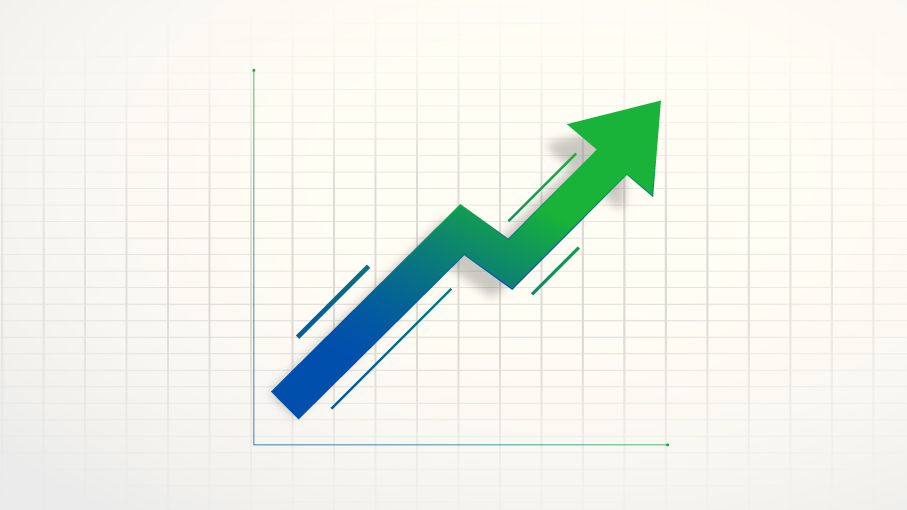The Intrinsic Safety (IS) Market has not been uniformly affected by Covid pandemic. While some sectors are experiencing a declining demand, others will continue to remain unharmed and show interesting growth opportunities.
Based on Atex Directives, intrinsic safety is the main technique for preventing fires and explosions risks caused by electric equipment and electronic instrumentation. At circuit and energy level, it is guaranteed by Zener Barriers and Galvanic Isolators that limit electrical and thermal power in hazardous areas with a high concentration of gas or flammable dust, such us refineries, mines, storages, large industrial sites, etc.
Especially for circuits that can operate with low currents and voltages, the intrinsic safety approach simplifies circuits and reduces installation costs compared to other protection methods. I/O cards, Fieldbus interfaces, and other standard devices are kept in safe area with safety barriers or isolation transformers that limit the power to the equipment cables that pass through hazardous areas.
Analyzing market data (source: Technavio), the worldwide sales volume of intrinsically safe equipment has been estimated at 2.71 billion dollars in 2020 and should reach 4.15 billion dollars by 2026 with an average growth rate of 7.37% in the 2021-2026 period. The various industrial sectors in which it is involved are affected by digital transformation (Industry 4.0 in Italy). This paradigm shifts require intrinsically safe sensors, actuators, interfaces, and valves that can simultaneously support IIoT technologies for energy control and management. Moreover, this interconnection functionality, that is essential for remote monitoring of devices, is particularly appreciated in the current scenario, still penalized by the pandemic.
In addition to the technological reasons and the pressure for changes, the growing number of accidents and explosions is also forcing governments around the world to introduce strict safety laws in the industrial sector. Furthermore, the growing demand for energy, automation and offshore and onshore oil exploration, offers additional huge opportunities of expansion. The technological innovations, the increase in safety standards and industrial trends underway, are essentially the main factors that drive the growth of the intrinsically safety market.
Intrinsically safe modules
Intrinsically safe modules (Zener Barriers, galvanic isolators, and converters) are very important because they connect intrinsically safe devices such as solenoids, transmitters and sensors. They are less expensive than other safety technologies and protective devices. Cost effectiveness and ease of installation are the main drivers of their success.
Their growth is highly dependent on the dynamics of the Oil & Gas, energy, and mining markets, as well as on technological adoption rates. The high demand for safety modules from BRICS countries (Brazil, Russia, India, China, and South Africa) and Middle East is strongly pushing investments in those areas. Regions like North America and Europe will maintain their positions. Emerging Asian countries (India, China, South Korea, Vietnam, Indonesia, and Thailand) and Latin America are also generating an increase in the aggregate demand.
Technavio’s estimates, revised due to the pandemic, indicate that the growth of intrinsic safety modules market is expected to increase on average by 5.76% from 2019 to 2024. On the other hand, the intrinsic safety modules market is extremely fragmented and characterized by the presence of local, regional, and international players. Companies are focusing on the development of innovative products supported by the increase in spending on research and development. The possibility of new players entering the sector is moderate because this industry is a capital-intensive and highly competitive one. The adoption of intrinsically safe barriers also reduces the issues that arise during the retrofit of the existing systems.
The role of Oil & Gas
It should be noted that the greater part of the intrinsic safety market evolution is driven by the Oil & Gas sector. But contrary to what may appear at first glance, data from the World Bank indicate that fossil fuel demand will soon get back to its originary strenght. Just to give an example, in 2022 the production of a mega offshore project of the Emirates of Abu Dhabi will start. The sites affected by the project (Hail, Ghasna and Dalma in Al Dhafra region) will draw resources from the Arab basin which is estimated to contain several trillion standard cubic feet of recoverable gas.
The size of the inevitably correlated Oil & Gas and Energy sectors is such to influence almost all the economic industries. Therefore, we have to think about the future of IS devices in “smart” terms and the need to make infrastructures and manufacturing processes more efficient, both from an energy point of view and sustainability one and in terms of emissions and environmental impact.


